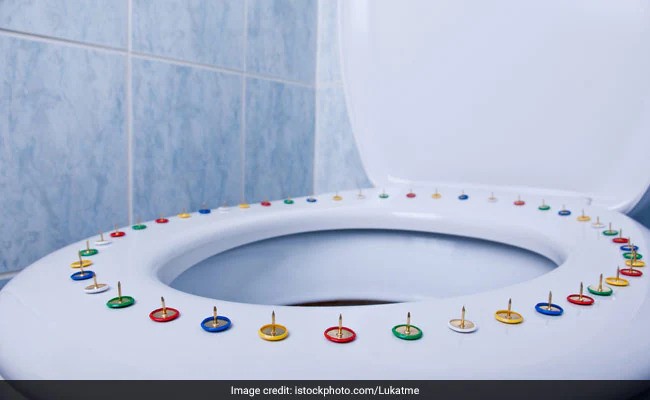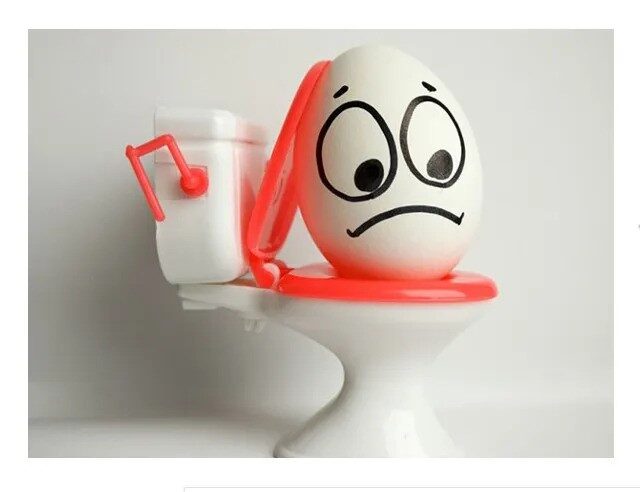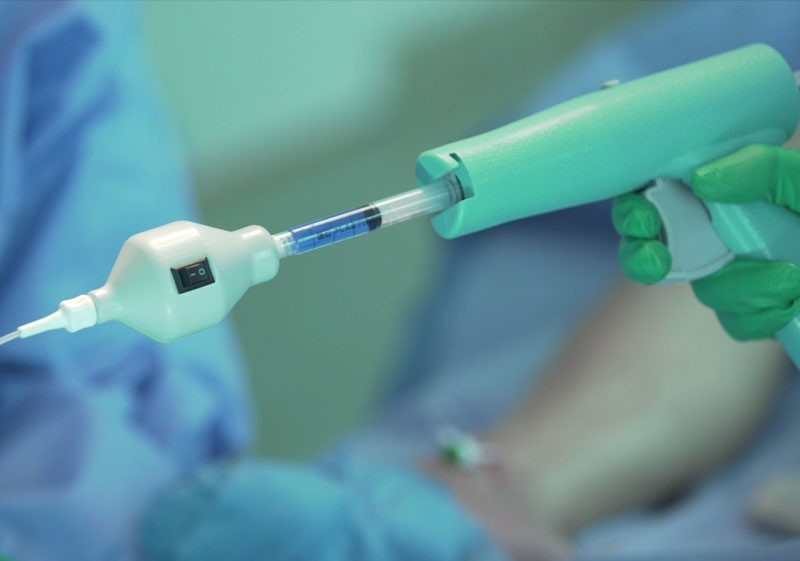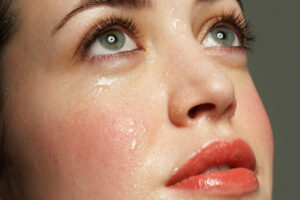
Hemorrhoids
Hemorrhoids (piles) are fairly frequent, however, you shouldn’t discuss them with your pals. Due to the fact that many piles are small and go unnoticed by doctors, we are unsure of the exact prevalence of piles.

Describe heaps
Pile-forming growths appear inside and around the back channel (anal canal).
What causes piles to form?
The surface of the anal canal is lined with a web of tiny veins (blood vessels). These veins occasionally swell and become overflowing with blood. The surrounding tissue and engorged veins may then develop one or more swellings (piles).
What are the many pile types?
Internal piles and external heaps are two categories for piles. Some people simultaneously develop internal and outward heaps.
Internal piles are deeper and first appear at a point 2-3 cm in the upper anal canal or lower rectum of the back passage (anal canal) (the last part of the large bowel that connects to the anal canal).
Below a point that is 2-3 cm into the back tube, external piles begin closer to the surface.

Despite their name, external heaps aren’t often visible outside the rear passage’s entrance (anus). Internal piles can expand, prolapse, and hang outside the anus, which is equally perplexing.
Piles, whether internal or external, can result in bleeding and perhaps even pain, but they frequently don’t create any issues. You should seek medical treatment if they do result in any bleeding or pain.
Additionally, the size and severity of the piles are rated.
How do heaps appear?
When you have heaps and scan the region surrounding your back passage, you frequently won’t notice anything. This is so because most piles don’t emerge from your bottom and instead reside inside your anal canal and rectum.
Larger internal piles could protrude from your back channel and resemble a mouldy rubber ball. A soft lump on the margin of the opening of your back passage will be the appearance of an exterior pile.

What results in piles?
At some point in their lives, about half of all people in the UK develop one or more piles.
Numerous blood vessels can be seen in the anal canal, which lines the back channel (veins). The development of the pile(s) appears to be triggered by specific alterations in the veins that line the inside of the back tube. The lining of the back canal and the veins enlarge significantly, which can lead to swelling and the formation of a pile.
We are unsure of the precise reason of a pile, though. Some mounds seem to form seemingly out of nowhere. It is believed that the opening of the back tunnel and the area surrounding it are under more pressure (anus). In many instances, this is undoubtedly a key element in the development of hemorrhoids. The likelihood that a pile will form increases if you put off using the restroom and have to exert more effort once you are there.

What signs or symptoms indicate piles?
Depending on the size, location, and grade of the piles, different symptoms may be present.
Small swollen areas on the internal anal canal lining are classified as class 1. From outside the aperture of the back tunnel, they are invisible and cannot be sensed (anus). A lot of heaps are class 1. They grow larger in some persons, reaching class 2 or higher.
Class 2 are bigger. When you use the restroom, they may be partially pushed out of the anus, but they soon spring back within.
When using the restroom, class 3 hang out from the anus. One or more of them may feel like tiny, bouncy bumps that hang from the anus. With a finger, you may, however, force them back into the anus.
Class 4 dangle down from the anus permanently and are unable to shove back inside. They can occasionally grow pretty big.
There may not always be any signs, making piles difficult to detect.
After using the restroom to pass stools, bleeding is the most typical piles symptom (feces). Usually bright red, the blood can be seen on the toilet paper, in the toilet bowl, or coating the stools.
Outside the back passage, a prolapsed mass can be felt hanging down. After using the restroom, it might frequently be pulled back up. Permanently prolapsed piles cannot be pulled back up inside and continue to be increasingly severe.

How do piles feel to you?
Small internal piles typically cause no discomfort. Greater piles may result in a mucous flow, minor discomfort, irritability, and itching. The skin around the anus may get irritated by the discharge. When you use the restroom, you could feel as though your anus is full or that your back channel is not completely empty.
How much time do heaps last?
The duration of heaps is not predetermined. Smaller flare-ups often resolve on their own within a few days, but larger external hemorrhoids may take longer to cure and may necessitate medical attention.
What would piling complications entail?
Hanging piles may complicate matters since they have the potential to “strangulate.” This indicates that the pile’s blood supply has been interrupted. Within the pile, a blood clot (thrombosis) may develop. If that does, it hurts quite badly. The discomfort often peaks after 48–72 hours and then progressively subsides over the course of 7–10 days.

What raises the likelihood of piles?
There are some circumstances that make piles more likely to form:
Constipation
Large stools (faces) being passed, and difficulty using the restroom. These seem to be a frequent cause of piles because they raise the pressure in and around the anus veins.
Weighing too much
Your likelihood of developing piles rises as a result.
Pregnancy
Having piles is typical during pregnancy. This is most likely caused by the pressure the baby puts on the rectum and anus as well as the potential impact of pregnancy-related hormone changes on the veins. During pregnancy, piles frequently disappear once the baby is born.

Aging
As we age, the tissues that make up the anus lining could become less supportive.
Inherited traits
Some individuals could inherit a weakened vein wall in the anal area.
A prolonged (chronic) cough, as well as strenuous lifting, are additional potential causes of piles.
Do I require any piles-related tests?
You should see a doctor if you believe you may have piles, have bleeding, or experience pain in your back passage when passing a stool (anal canal).
Typically, your doctor will only diagnose piles after speaking with you about your symptoms and performing a physical exam. Typically, the inspection also looks at your back passage. Your doctor will explore your back channel with their finger while wearing gloves and applying lubrication to check for any indications of piles or other irregularities.
A proctoscopy, a follow-up examination, may be recommended by your doctor. During this treatment, a proctoscope is used to inspect the interior of your back channel. To help rule out other diseases, you can be referred to a specialist for a colonoscopy, and a more thorough gut examination.

Treatment for piles
As therapeutic alternatives for piles, many formulations and names are frequently utilized. Piles are not cured by them. They might, however, lessen signs like itching and discomfort.
Prevent constipation and toilet training.
Don’t strain on the toilet, and keep the stools soft. This is possible by:
Consuming a lot of fiber (for example, fruit, vegetables, cereals and wholegrain bread).
Drink a lot of water. Most drinks are acceptable, but excessive amounts of alcohol and caffeine should be avoided.
Vitamins with fiber. You can use fiber supplements (bulking agents), such as spatula, methylcellulose, bran, or sterculia if a high-fiber diet isn’t working.
Co-codamol and other codeine-containing pain relievers should be avoided as they frequently result in constipation. Simple painkillers like paracetamol, however, might be beneficial.
Toileting. As soon as you feel the urge, head to the restroom. Don’t push too hard on the toilet.
Constipation can be lowered with regular exercise.
Taking these steps will frequently relieve piles of symptoms including bleeding and discomfort. It might be sufficient to treat minor, non-prolapsing piles (grade 1). Over time, little grade 1 pile frequently settles down.
have a peek at this website, and consult the individual pamphlets titled Constipation, Constipation in Children, and Fiber and Fiber Supplements.

Creams, ointments, and suppositories
Uncomfortability may be reduced with a mild soothing lotion, ointment, or suppository.
An anesthetic-containing one might reduce pain more effectively. Use only one of them at a time and for brief periods of time (5-7 days).
If there is a lot of inflammation surrounding the piles, a doctor may suggest corticosteroid-containing preparations for treating piles. This might reduce itching and discomfort. Generally speaking, you shouldn’t apply a steroid cream or ointment for more than one week at a period.
How to remove heaps
Bandage therapy
The most popular method of treating piles is banding, particularly for grade 2 and 3 piles. The above-mentioned straightforward advice and treatment can also be used to treat grade 1 piles that haven’t yet subsided.
A surgeon typically performs this operation in an outpatient facility. The surgeon uses forceps or a suction instrument to capture hemorrhoids. Hemorrhoid’s base is then secured with a rubber or elastic band. This stops hemorrhoid’s ability to get blood, and as a result, it dies and disappears after a few days. Some scar tissue forms as the tissue at the hemorrhoid’s base heal.
As the base of hemorrhoid originates above the anal orifice in the very last region of the gut, where the gut lining is not susceptible to pain, banding internal piles is typically painless.
This method successfully treats piles in around 8 out of 10 instances. At some point, the heaps return in around 2 out of 10 situations. (If this happens, you can get another banding treatment.) If you avoid becoming constipated and avoid straining on the toilet after having your piles banded, they are less likely to return (as described above).
A few patients experience post-banding consequences, such as bleeding, infection, ulcers developing at the site of a treated hemorrhoid, or urinary issues.
Sclerosing injection treatment
The tissues at the base of the piles are given injections of phenol in oil. This results in a fibrotic (scarring) reaction that destroys the blood vessels feeding the piles. The heaps eventually wither and disappear, much like after banding.

Photocoagulation and infrared coagulation
Infrared light is used in this method of treating piles to burn and stop the blood supply to hemorrhoids, which causes it to contract and become smaller. For first- and second-degree piles, it appears to be just as successful as banding therapy and injectable sclerotherapy.
Electrotherapy and diathermy
Heat energy is used in diathermy and electrotherapy to eliminate the piles. They appear to have success rates that are comparable to infrared coagulation, and the possibility of problems is minimal.
What surgical procedures are used to treat piles?
Haemorrhoidectomy (the traditional operation)
When banding or other treatments are unsuccessful for grade 3 or grade 4 piles, surgery to remove hemorrhoid(s) is an option. Under general anesthesia, the procedure is typically effective. However, the days following the operation might be exceedingly unpleasant.

Haemorrhoidopexy with staples
Above the piles, a circle-shaped portion of the anal canal’s lining is removed using a circular stapler. As a result, the piles are forced back up the rear route. Additionally, it causes a decrease in the blood flow to the piles, which causes them to contract. It is typically a less painful treatment than the standard operation to remove the piles because the cutting is actually above them.
Ligation of the hemorrhoidal artery
There are ties around the little arteries that give blood to the piles (ligated). Hemorrhoid (s) contract as a result.
What about thrombosed or strangulated piles?
Although rare, strangulated or thrombosed piles are typically extremely painful. Bed rest, painkillers, hot baths, ice packs, and maintaining soft stools (feces) are typical treatments (see above). Rarely, surgery may be required to remove the hemorrhage.







